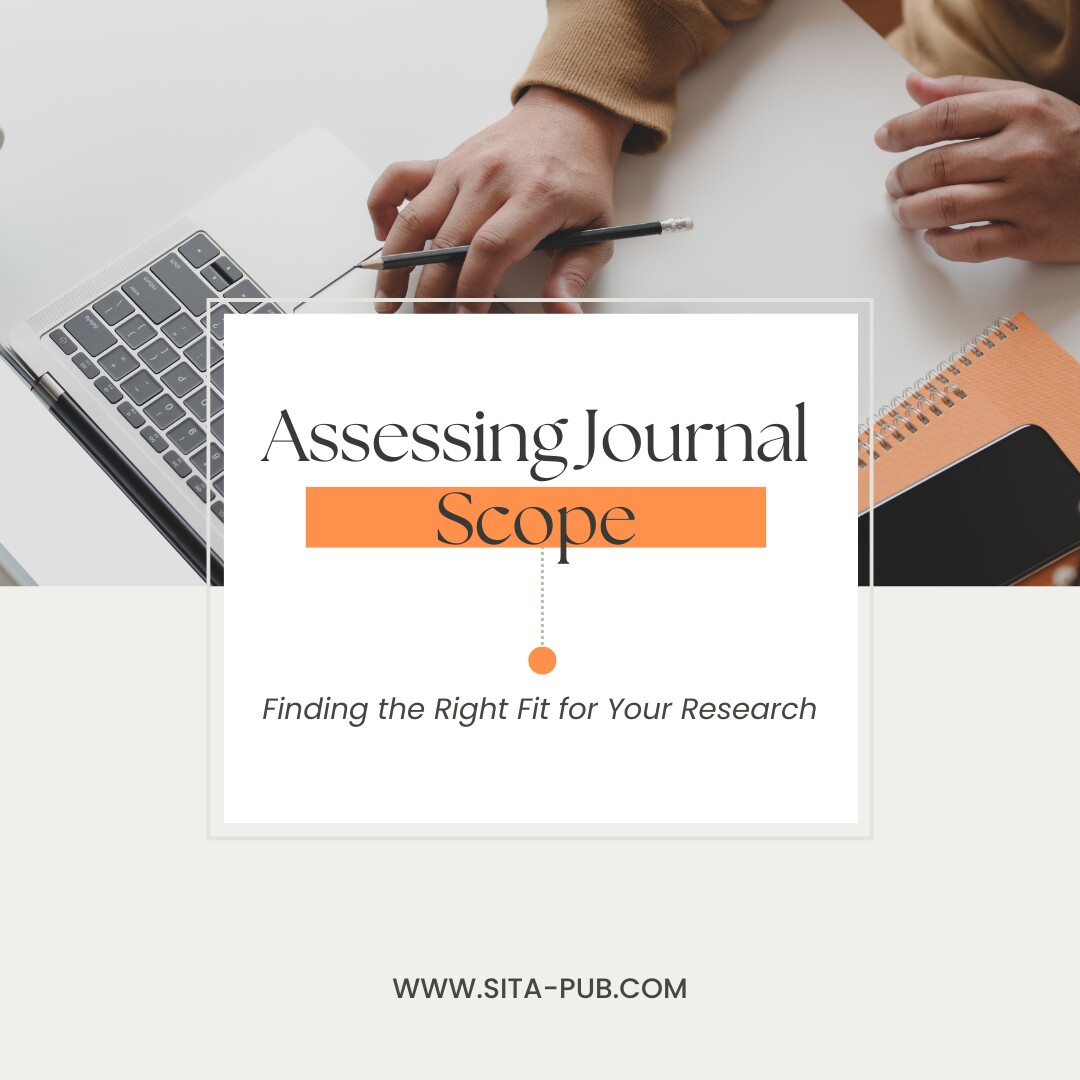Assessing Journal Scope: Finding the Right Fit for Your Research


Choosing the right journal for your research is important if you want to get published. A good match can help your work reach the right audience and increase the chances of acceptance. Here’s a step-by-step guide to help you find the right journal for your research.
Before looking for journals, you need to understand your research topic clearly. Think about the main ideas and goals of your study. Ask yourself the following questions:
What are the key themes of my research?
What are the main findings I want to share?
Who will benefit from reading my work?
Writing down keywords related to your study can also help clarify your focus.
Every journal has an "Aims and Scope" section on its website. This part explains what topics the journal covers and what type of articles they publish. When you look at this section, pay attention to:
Specific Topics: Does the journal mention subjects that match your research?
Types of Articles: Do they publish original research, reviews, or other types of articles that relate to your work?
Make a list of journals that fit well with what you want to publish.
Next, check out some recent articles published in the journals you’re considering. This will give you a good idea of what kinds of studies the journal accepts. Look for:
Similar Research: Have articles similar to yours been published?
Quality of Work: Are the articles well-researched and respected in your field?
Reading recent papers can also help you understand the journal’s writing style and standards.
A journal's reputation can tell you a lot about its credibility. Here are some factors to consider:
Indexing: Check if the journal is included in well-known databases like Scopus, Web of Science, or PubMed. Journals in these databases are often more respected in the academic community.
Impact Factor: Look for the journal's impact factor, which shows how often articles are cited. A higher impact factor usually means a journal is more influential.
Before you decide on a journal, carefully read its submission guidelines. This includes:
Formatting Requirements: Does the journal have specific formatting rules for articles? Make sure you can follow these guidelines.
Word Limit: Are there limits on the length of your article? Check if your paper fits within these limits.
Review Process: Learn how long the review process typically takes and whether it aligns with your publication timeline.
Understanding these requirements can save you time and effort later.
Don’t hesitate to ask colleagues, professors, or mentors for their opinions on which journals might be a good fit for your research. They might have valuable insights and suggestions based on their experiences.
After researching different journals, gather all the information you’ve collected. Weigh the pros and cons of each journal based on how well they match your research focus, their reputation, and their submission guidelines.
Choose the journal that aligns best with your study and has the potential to reach your target audience.
Once you’ve selected a journal, it’s time to prepare your manuscript. Follow the journal’s formatting and submission guidelines carefully. In your cover letter, mention how your research aligns with the journal’s scope and its importance to the field.
By following these steps, you can effectively assess journal scope and find the right fit for your research. This will improve your chances of getting published and help you share your work with the right audience. Good luck with your research!
Why choose SITA?

If you have any questions, inquiries, or would like to learn more about our services, please don't hesitate to reach out to us. Our dedicated team is ready to assist you.